There were more than 200 red-white-and-blue Bicentennial diesel locomotives. Many “Bicens” were specially renumbered, but some (the 76s, 200s, 1776s, 1976s, etc.) were not. Bicentennials roamed the rails in every state (beyond the “lower 48” were two Alaska Railroad FP7s and a rail historical group’s tiny GE in Hawaii); in Panama (a 5-foot-gauge Alco RSC3); and even in England (former U.S. Army Vulcan 0-6-0T 72 of the Keithley & Worth Valley Light Railway at West Yorkshire). Beyond the 108 or so common carriers, more than 100 industrial, museum, and tourist railroads joined the repainting binge. Predictably, participation was heavy among firms in the patriotic bastion industries of cement, construction, and steel (15 units in the Pittsburgh area alone).
Seaboard Coast Line started it all with its GE U36B 1776, delivered in June 1971. Meantime, Ross Rowland and friends, in planning the American Freedom Train, organized a nationwide promotional tour train they called the “Preamble Express,” whose mission was to facilitate local arrangements to host the AFT. The Preamble train, comprised of four ex-Reading commuter cars owned by South Carolina short line Lancaster & Chester, was initially pulled by Delaware & Hudson GE U23B 2312 (subsequently tweaked as 1776), later replaced by Union Pacific E9 951 (one of four Es UP still owned). That E unit would be UP’s only Bicentennial locomotive.
Bicentennial diesel locomotives ranged from a 5-ton Plymouth at a Hercules Powder installation in New Jersey to a half dozen SD45-2s (five on Santa Fe and one on Erie Lackawanna). Sparked by the Preamble Express and by the railroads represented in the Trains 1975 Chicago photo shoot (plus Bangor & Aroostook and Boston & Maine), other Class I railroads, and then dozens of short lines and industrials, took up the cause. Some of the Class I railroads with more than one Bicentennial unit (e.g., Santa Fe, BN, Delaware & Hudson, MP, SP, Western Pacific) would bring them together for special events. Many Bicentennial units powered public excursion trains. Civic or corporate functions, beyond the two BRC Chicago shoots, brought together Bicentennial diesel locomotives from several roads. Examples included San Francisco’s July 4, 1976, celebration with Santa Fe 5700, SP GP40P 3197, and WP’s two GP40-2s, and the opening of the Central Pacific station portion of the California State Railroad Museum in Sacramento, with WP 1776, SSW 9389, and a Santa Fe SD45-2.
SCL 1776 and BRC 534 were not the only diesels delivered new in red-white-and-blue garb. Others from EMD included Detroit, Toledo & Ironton GP38-2 1776 (the future 228), in July 1975; Elgin, Joliet & Eastern SD38-2 668, in December 1975 (in white — EJ&E added the red and blue); and New Haven Trap Rock’s Branford Steam Railroad SW1001 7357. Long Island GP38-2 252 was delivered in February 1976 in a scheme patterned after Milwaukee Road’s Bicentennial SD40-2 156, which had been repainted in 1974. Delaware & Hudson 1976, a Morrison-Knudsen “TE56-4A” (or “RS3M”) rebuild of Alco RS3 4112, was outshopped in early 1976 at Boise, Idaho (it would become 506).
Arizona’s Apache Railway wound up repainting its entire roster in red, white, and blue (six Alco RSs and two Fairbanks-Morse H10-44s), but not every road went with those colors. Maine Central called its 10 new GE U18Bs of May 1975, painted in MEC’s normal orange and green, the “Independence Class” and named each unit for a New England patriot. Southern affixed a red-white-and-blue decal — each with a photo and signature of a Southern signer of the Declaration of Independence — to its 17 green Southern Crescent E8s and 2 green excursion FP7s. Little Arkansas & Louisiana Missouri applied decals to its four EMD switchers, and other pikes just added a color stripe or two to existing liveries (B&M to several Geeps; Budd Co. to an SW9; Kansas City Terminal to its SW1200 76; and Kentucky & Indiana Terminal to its SW1500 76).
Volunteer groups got involved, as well. In addition to the Hawaiian diesel and Orange Empire Museum electric, the Mad River museum in Ohio repainted a local industrial switcher; Illinois’ Monticello museum group redid a newly acquired Davenport 44-tonner; and the Charleston (S.C.) National Railway Historical Society chapter repainted an ex-Navy 45-ton Porter center-cab. The Central Indiana Railroad Club and Chicago’s 20th Century Railroad Club held contests for repainting Indianapolis Union SW1500 23 and Rock Island E8 652, respectively. Kansas City Southern conducted a contest among schoolchildren, and the resulting scheme on SD40 616 was unforgettable. It had no flags, just a few stars, and three shades of red and blue, but the big EMD mainly looked like a demonstration palette of Crayola crayon colors, including white, green, tan, orange, pink, aqua, yellow, lavender, and black!
Of the 46 Class I railroads of the time, 31 decorated at least one Bicentennial diesel locomotive. Several freight cars were repainted for the Bicentennial, and a dozen or so other cabooses, on roads from Southern Pacific to Duluth, Winnipeg & Pacific, from Georgia Railroad to Cambria & Indiana to St. Louis’ Terminal Railroad Association … plus caboose builder International in Kenton, Ohio.





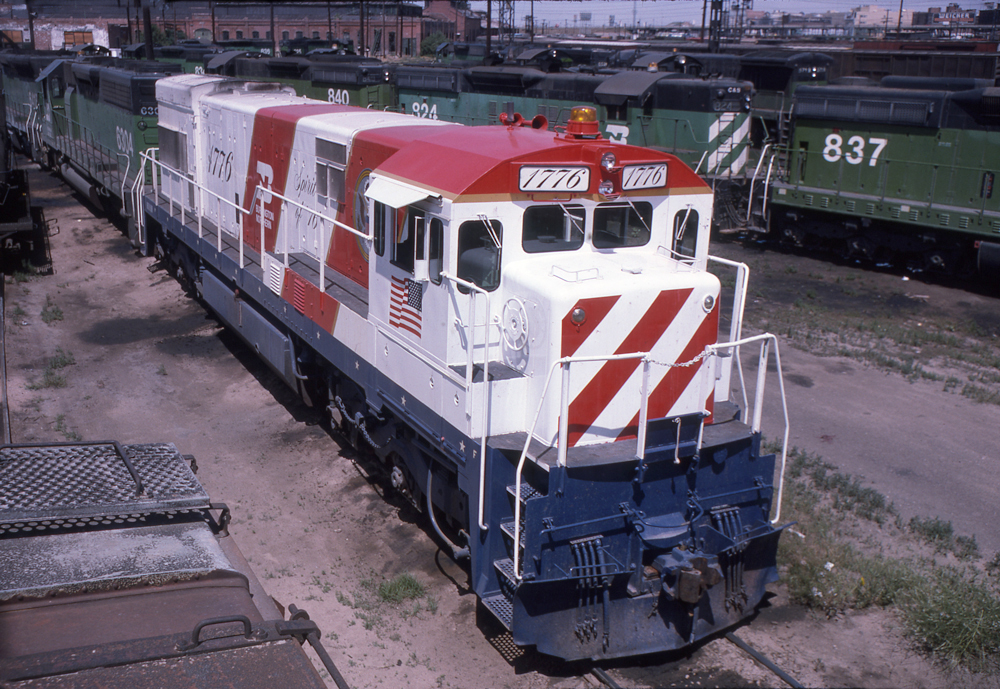

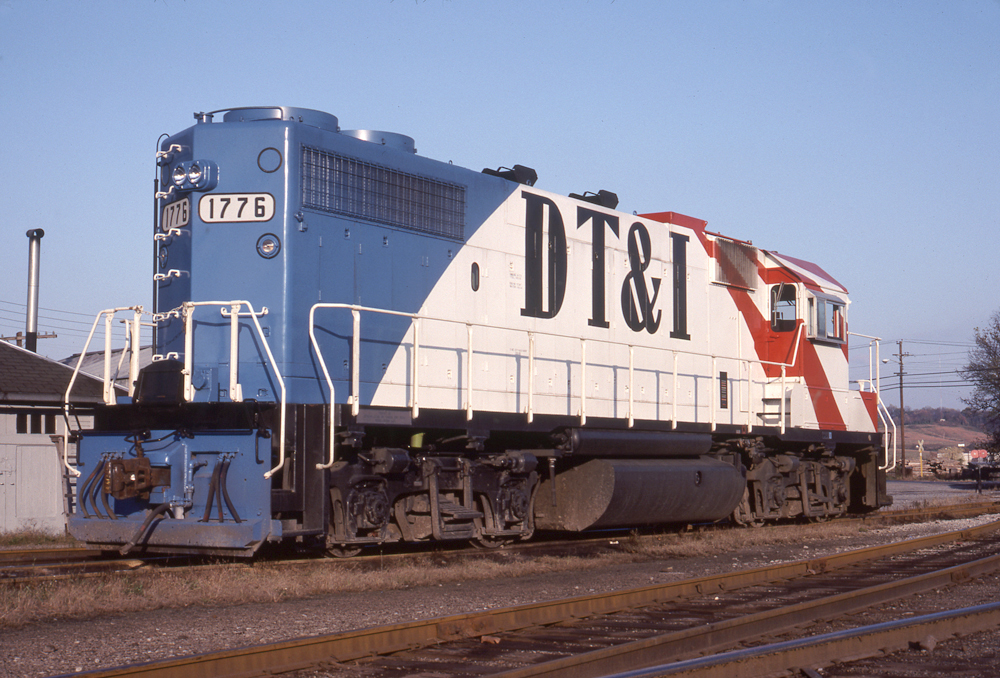



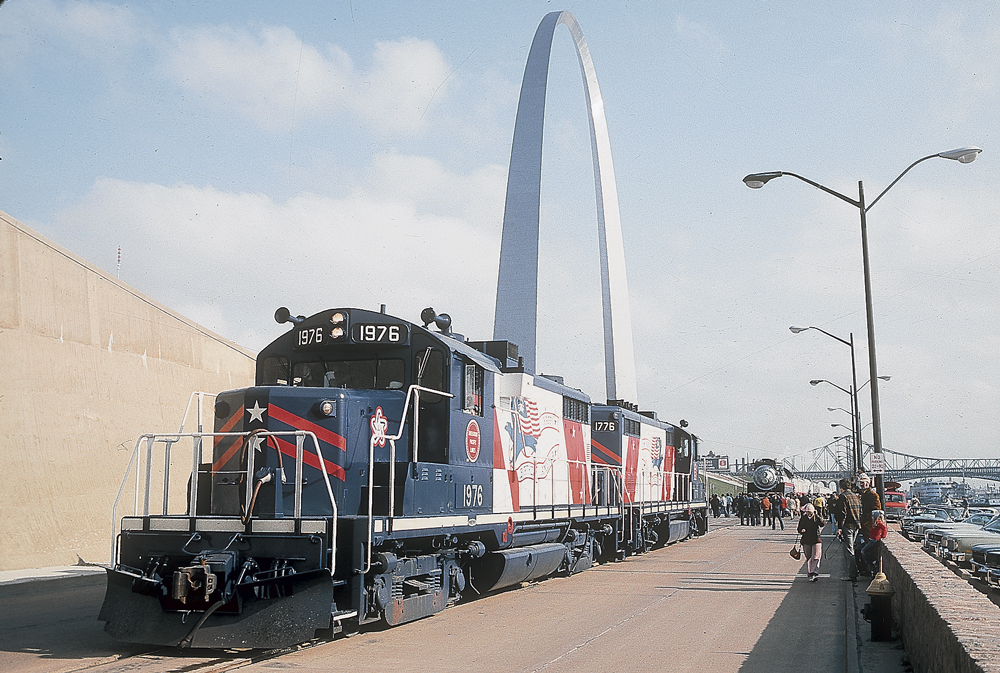

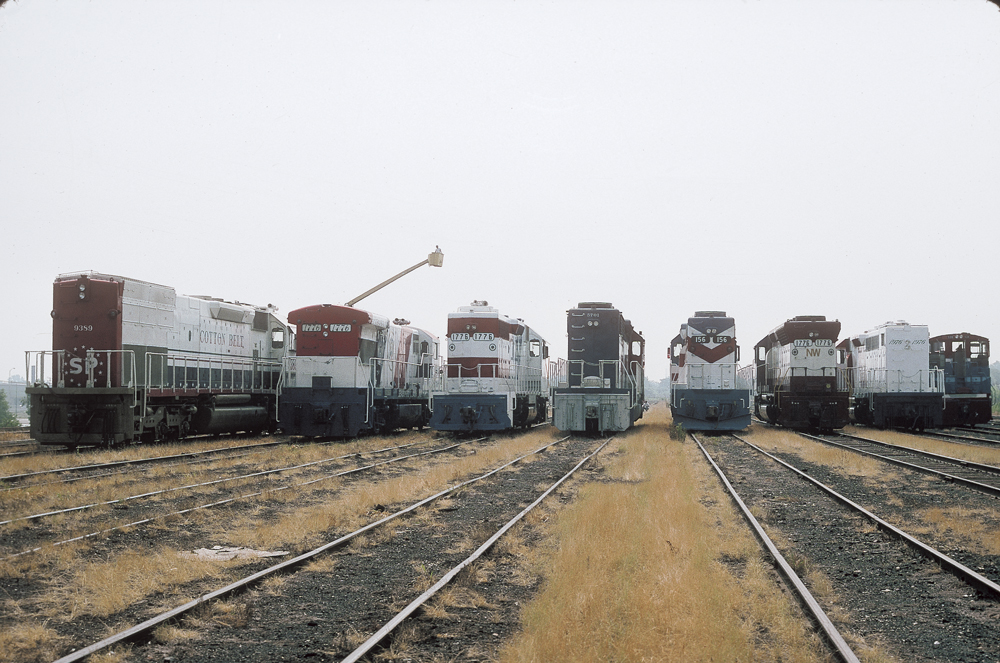

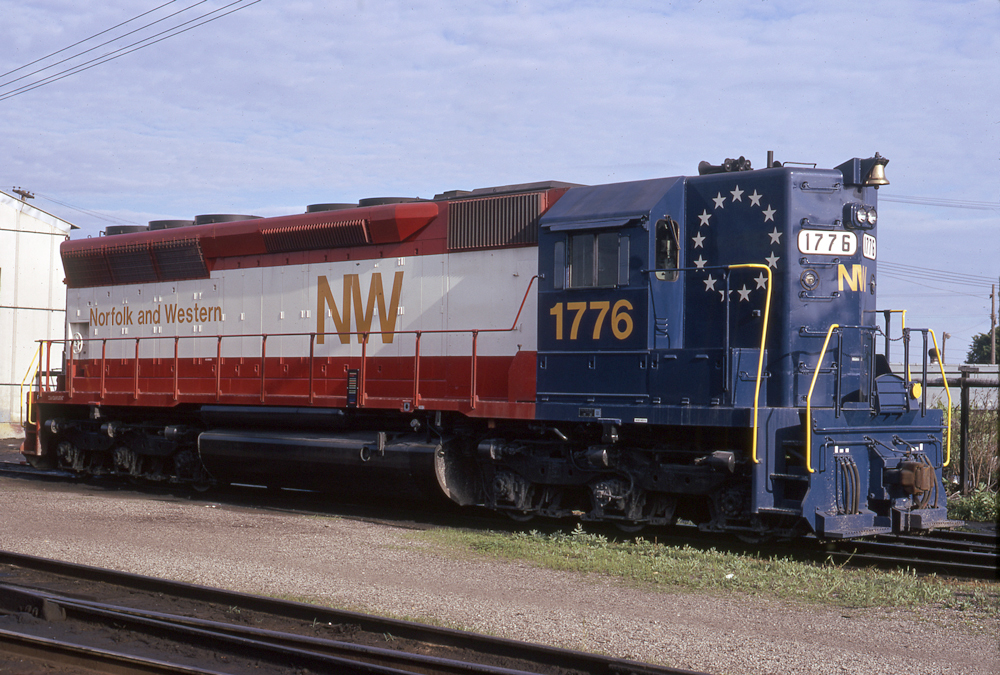

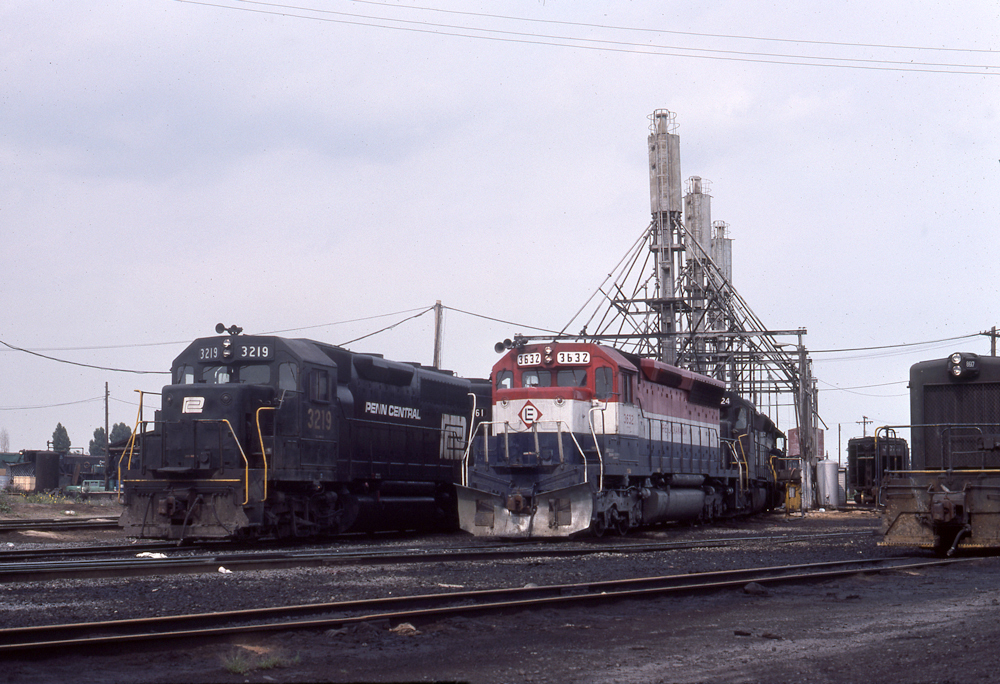

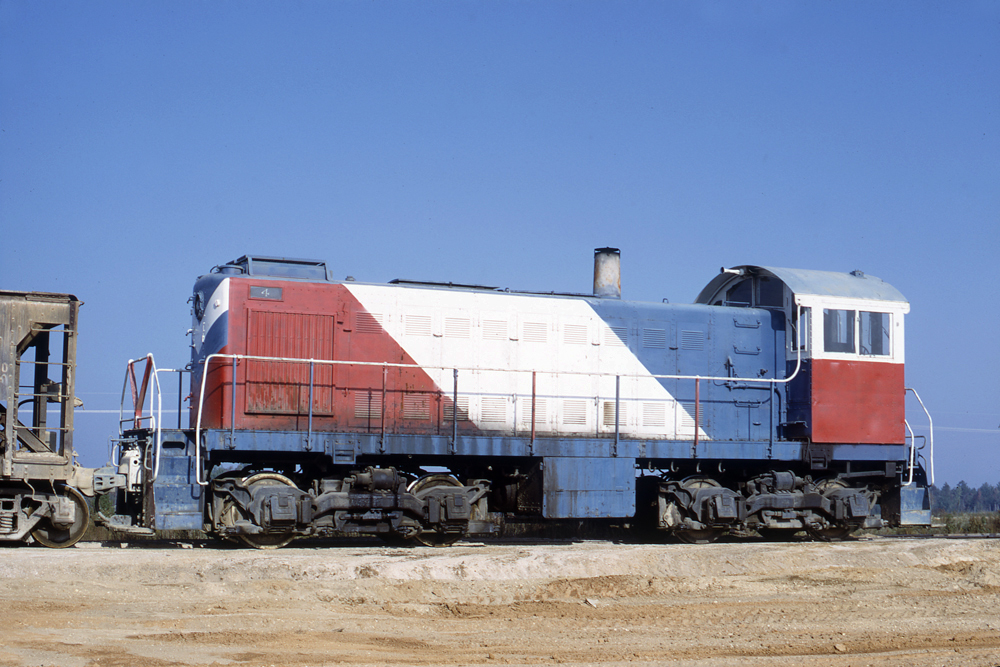

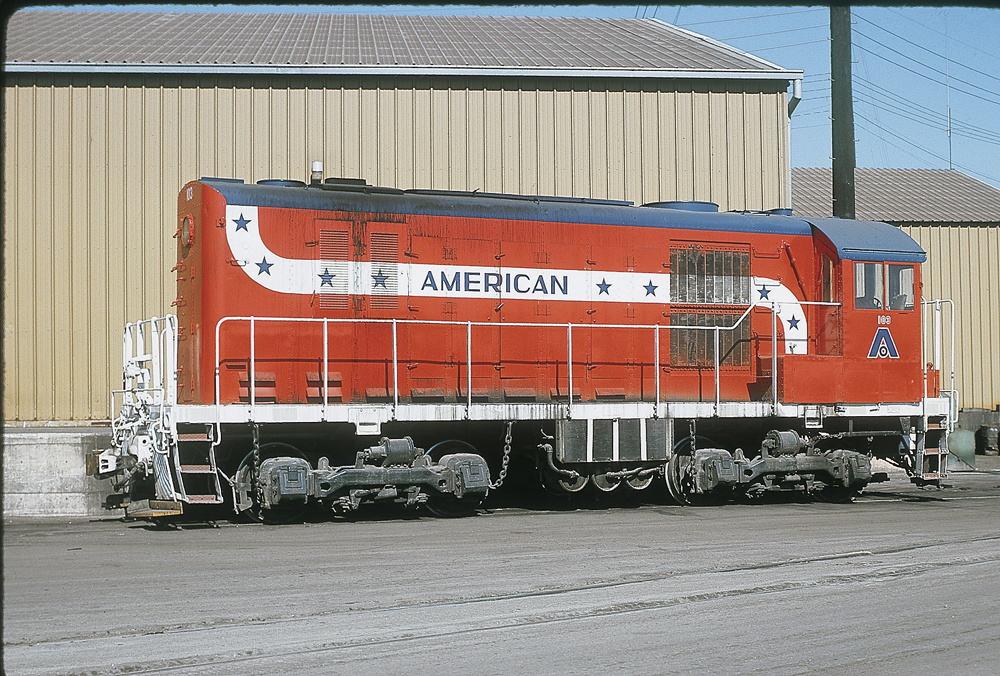

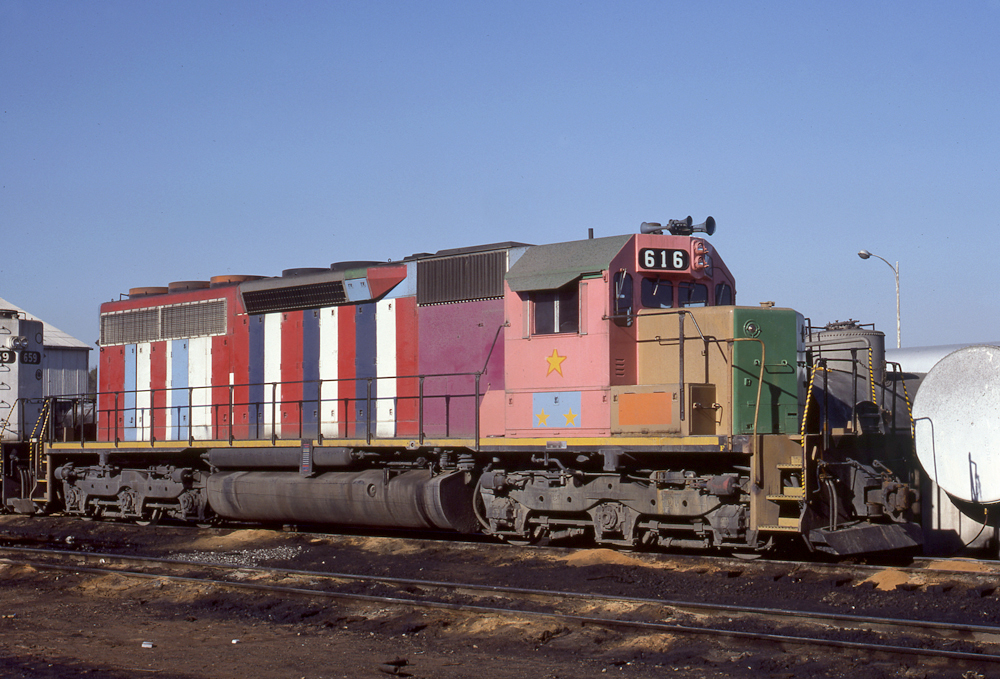

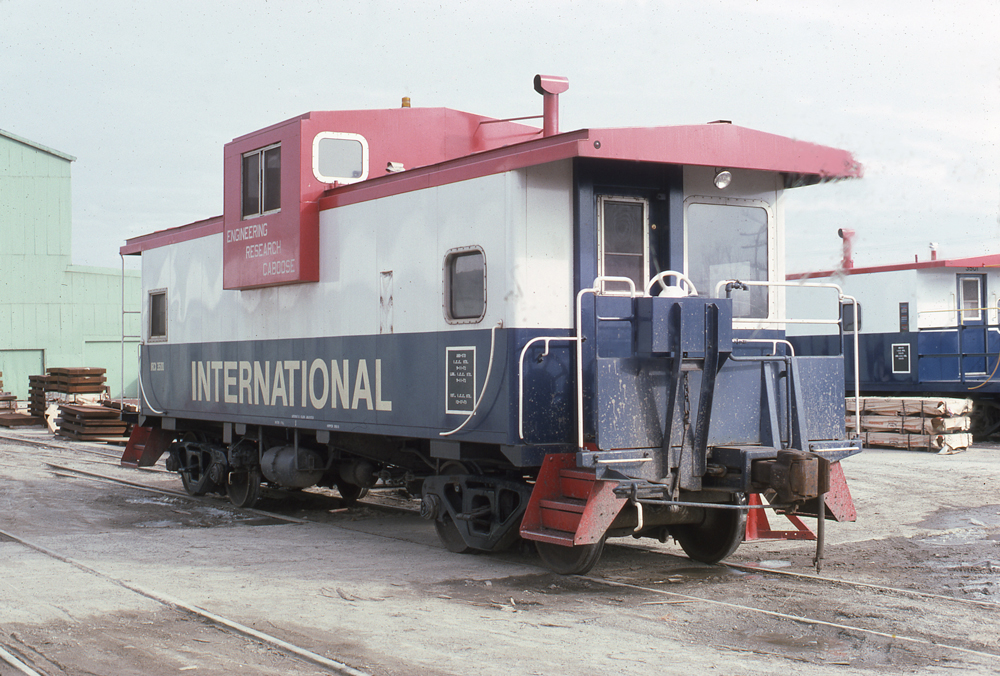


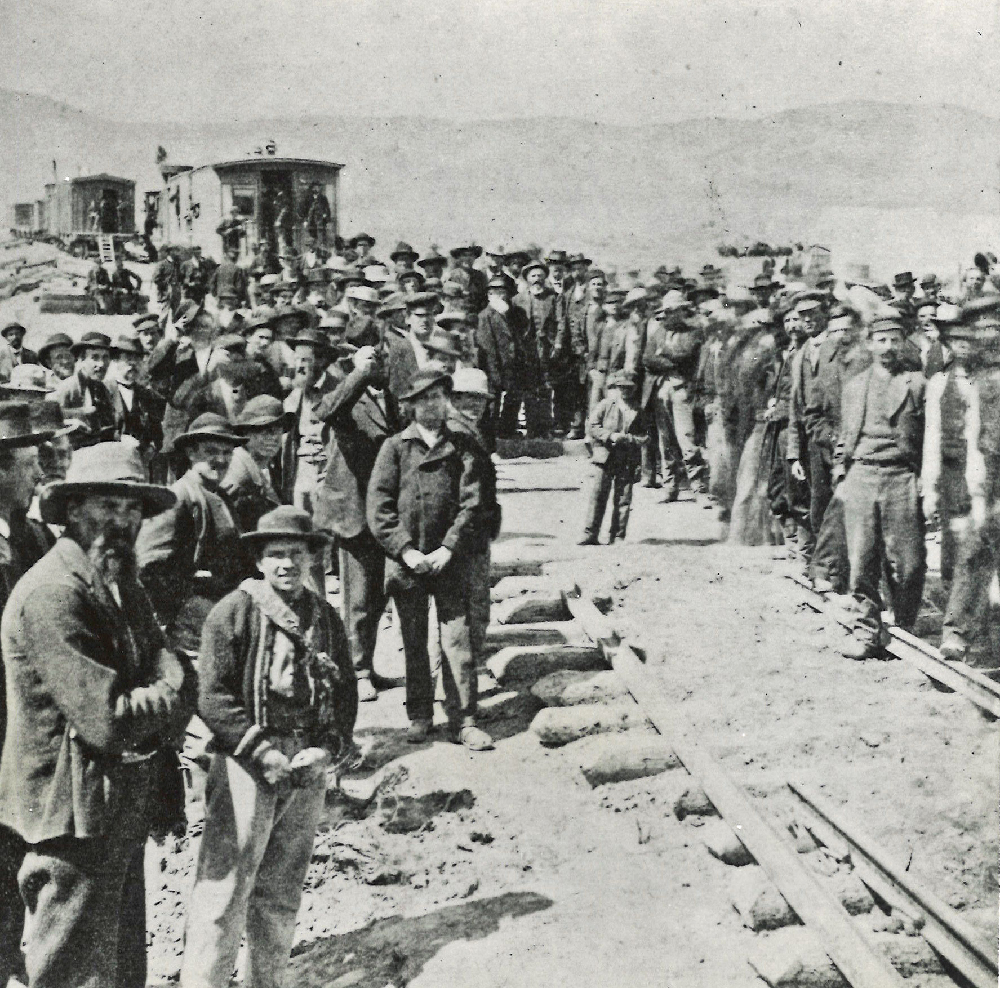
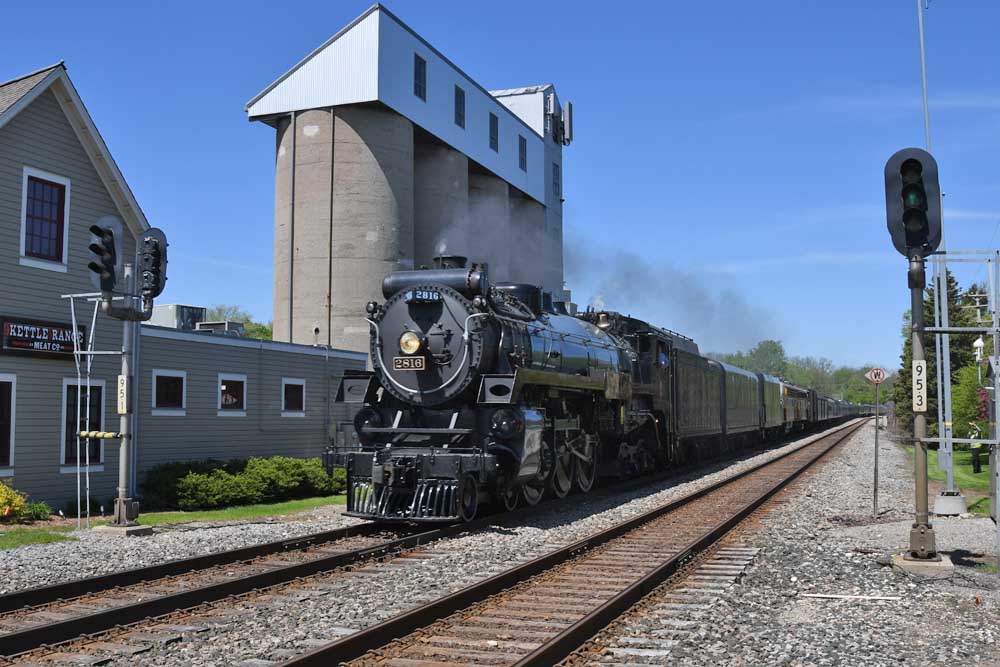
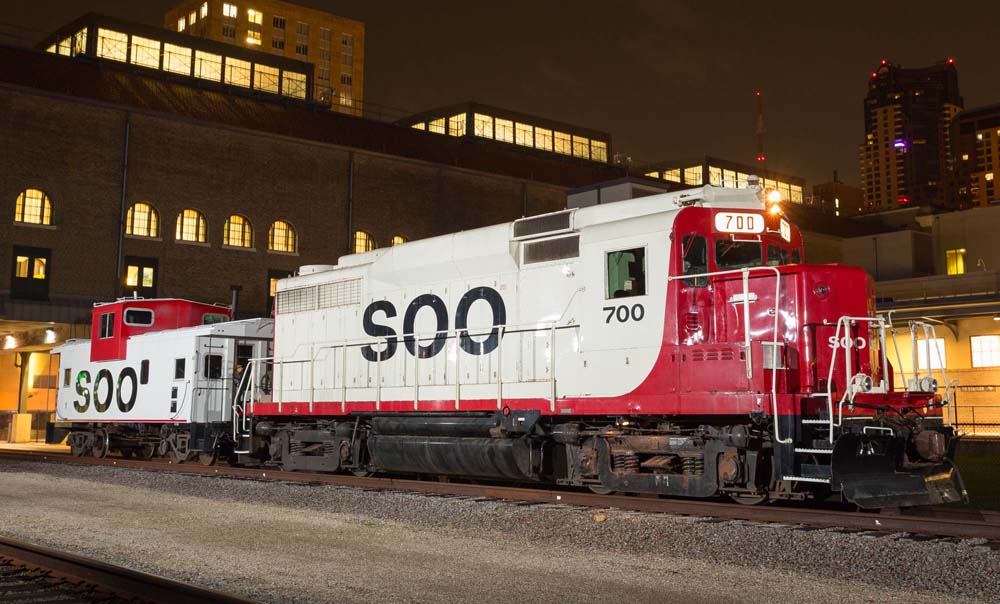
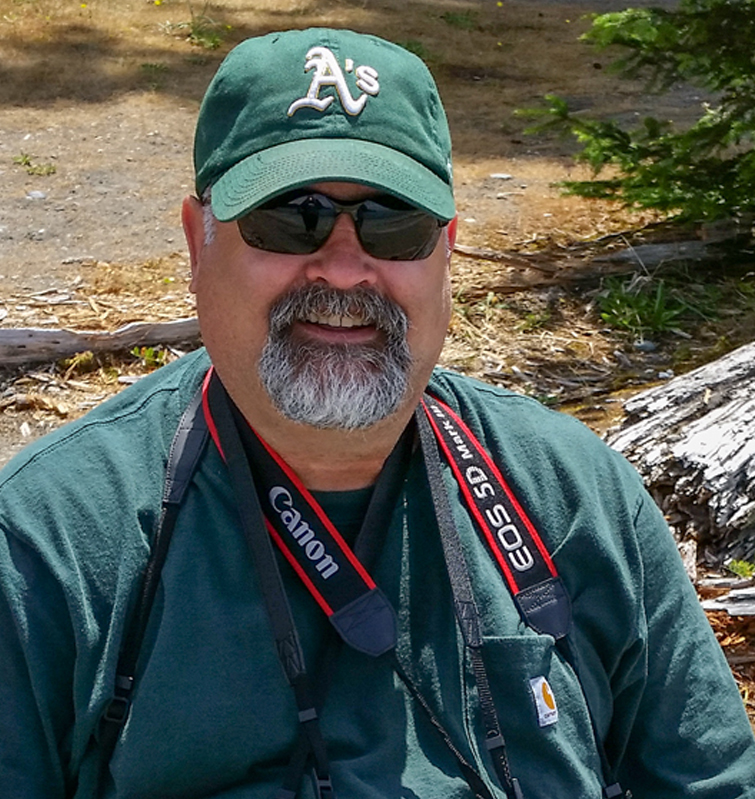




Nice article. With 250 less than 3 years away I have been wondering if any of the current roads were going to repaint anything.